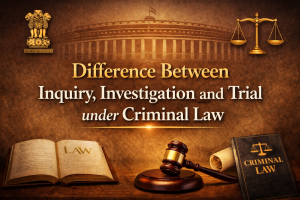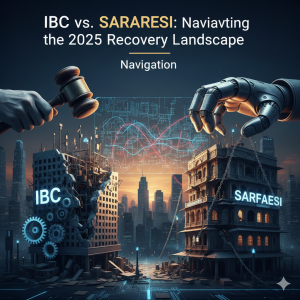In today’s digital economy, technology is one of the most valuable assets a business can own. Whether it’s software, patented inventions, processes, or know-how — licensing this technology can be a smart strategy for both owners and users.
That’s where Technology Licensing Agreements come into play.
What is a Technology Licensing Agreement?
A Technology Licensing Agreement is a legal contract in which the owner of a technology (licensor) grants permission to another party (licensee) to use, modify, develop, sell, or distribute that technology, subject to agreed terms and conditions.
This agreement helps:
- Protect intellectual property (IP)
- Monetize inventions without selling ownership
- Expand into new markets with fewer risks
Common Types of Technology Licenses
- Exclusive License
Only the licensee has the right to use the technology — even the licensor cannot use or license it elsewhere. - Non-Exclusive License
Licensor can grant rights to multiple licensees simultaneously. - Sole License
A middle path — the licensee has exclusive rights, but the licensor also retains usage rights. - Cross-License
Two parties exchange licenses to each other’s technologies — often seen in joint ventures or R&D partnerships. - Compulsory License (in special legal contexts)
Granted under statutory provisions, especially in public interest (e.g., pharma patents).
Key Clauses in a Technology Licensing Agreement
To make a tech licensing deal robust, the following clauses are critical:
- Grant of License
- Clearly define the scope (what is being licensed?)
- Is it exclusive or non-exclusive?
- Any field-of-use or geographical restrictions?
- Term & Termination
- Duration of the agreement
- Conditions for early termination or renewal
- License Fee & Royalties
- Lump sum or recurring?
- Revenue-based royalties, minimum guarantees?
- Confidentiality & Non-Disclosure
- Protection of proprietary code, data, and know-how
- Post-termination obligations
- IP Ownership & Improvements
- Who owns modifications or derivative works?
- Rights in jointly developed enhancements
- Infringement & Indemnity
- What if third-party IP is infringed?
- Who bears legal responsibility?
- Dispute Resolution
- Mediation, arbitration, or courts?
- Governing law (especially in cross-border licenses)
- Audit Rights
- Right of licensor to audit licensee’s use of the technology or sales figures
Why Technology Licensing Is Crucial
- Allows companies to commercialize IP without manufacturing or direct sales
- Encourages innovation collaborations without transferring ownership
- Helps startups access existing technologies instead of building from scratch
- Reduces legal risks by clearly defining usage rights and obligations
Practical Example
A SaaS startup develops AI-powered analytics software. Instead of selling the software, it signs a non-exclusive license with marketing agencies across India. Each agency pays an annual fee and agrees to usage limitations. This way, the startup scales quickly while keeping its IP protected.
Conclusion
Technology Licensing Agreements are vital tools in today’s innovation economy. They balance the interests of inventors and users, protect rights, and ensure commercial clarity. However, drafting or entering such agreements without legal guidance can be risky — given the technical and IP complexities involved.
At Narendra Madhu Associates, we specialize in crafting and reviewing robust technology licensing contracts tailored to startups, enterprises, and R&D-driven ventures.



